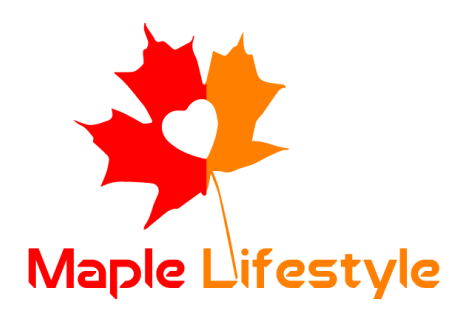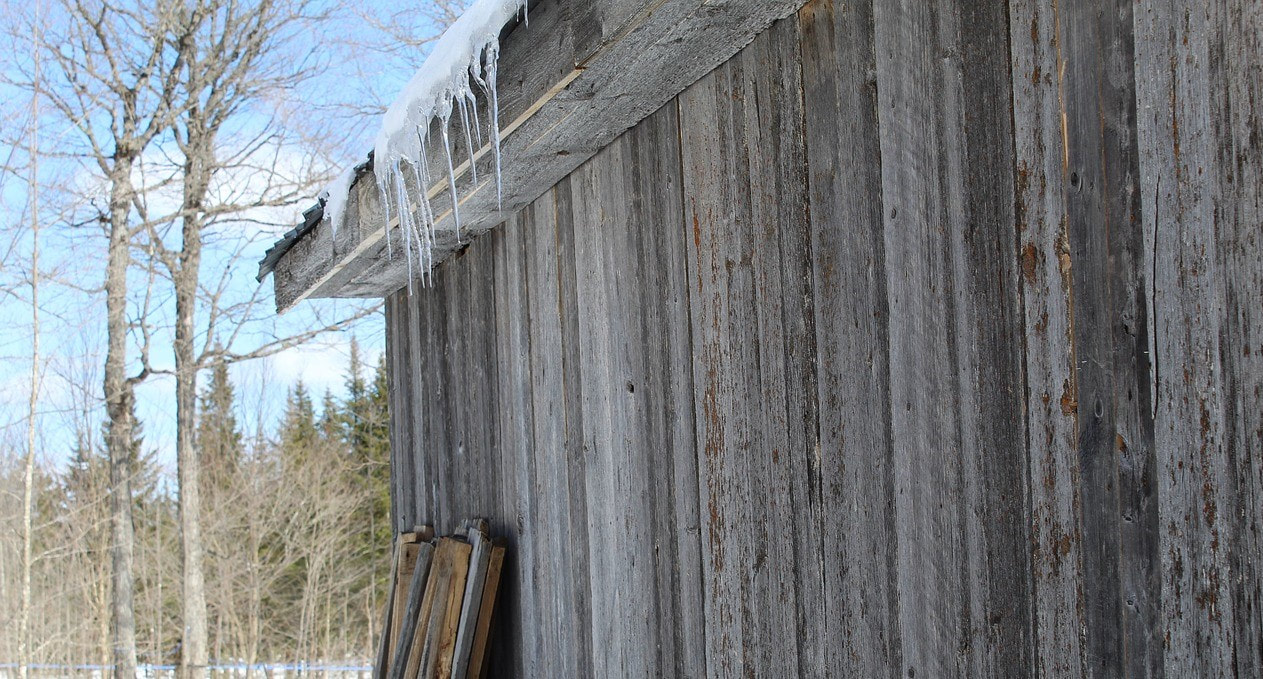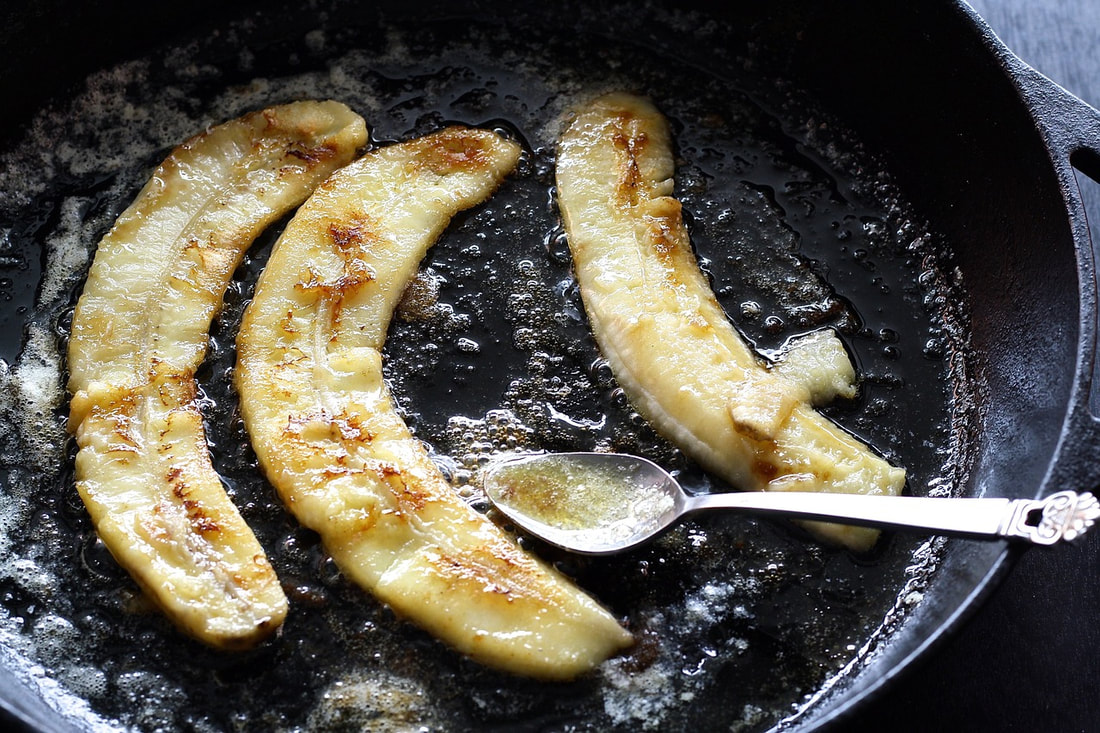The City TV hosts were obviously very excited about the mapley goodness. Spoiler alert: Co-host Roger snatches the bottle of Bourbon Maple Syrup at the end.
To watch the entire segment, please click here. The Maple Lifestyle story starts at 5:08.
0 Comments
Since eighty percent of the world’s maple syrup comes from Canada (and most of it from Quebec!), we thought you might enjoy some fun facts about our favourite pancake topping.1. It takes about 40 litres of sap to make one litre of maple syrup Most trees only yield between 35 and 55 litres of sap in a season, so producing syrup is a super labour-intensive process. To put it into perspective: a standard bathtub holds around 150 litres of water. If we filled such a bathtub with 150 litres of sap, it would only make 3.75 litres of syrup, which is a bit more than two cartons of Almond Milk. 2. A tree takes about 40 years before it’s big enough to tap This is because the tree needs a diameter of at least 12 inches (30.5 cm) before it can be tapped. 3. Only three of 13 species of maple trees native to Canada are used for syrup Sugar maples are the big ones, but black maple and red maple are also good for tapping. 4. Maple syrup has its season Maple trees are tapped for their sap between late February and the height of spring, in early April. 5. Running sap is all about physics As sugar maples grow, they convert starch into sugar. This sugar mixes with water absorbed by the trees’ roots. When temperatures start to climb in the spring, the water-sugar mixture expands, forcing its way from the roots up through the tree. 6. The syrup’s flavour depends on when the sap runs Early season sap tends to be lighter in colour and flavour. Later in the season, when temperatures are warmer, the sap darkens. 7. There is a new grading system for producers that sell maple syrup internationally This grading system has been in effect since January 2017. It uses the light transmission method to classify maple syrup. It also classifies the product by adding taste descriptions. “Golden Colour with Delicate Taste” has a light transmission of over 75%. “Amber Colour with Rich Taste” sits between 50% and 74.9%. The “Dark with Robust Taste” variation has a light transmission between 25% and 49.9% while “Very Dark with Strong Taste” only lets through less than 25% of light. 8. The first written account of maple syrup production comes from 1606 Marc Lescarbot, a lawyer and writer in Acadia, describes the area’s indigenous peoples collecting “maple water” and “distilling” it to make syrup. Producing maple syrup is one of the few agricultural processes that is not a European colonial import. 9. What’s fake maple syrup made with? You might not want know. Brands like Aunt Jemima and Mrs. Butterworth use such ingredients as high fructose corn syrup, cellulose gum, and caramel colouring to create an inexpensive substance which only somewhat resembles the genuine article. Sure, it’s cheap, but it doesn’t even come close to the real thing. Which brings us to the next fun fact. 10. A quarter-cup of maple syrup is high in minerals Pure maple syrup has the same beneficial classes of antioxidant compounds found in berries, tomatoes, tea, red wine, banana and broccoli. A 60 ml portion of maple syrup contains 100 percent of your recommended daily allowance of manganese, as well at 37 percent of riboflavin, 18 percent of zinc, 7 percent of magnesium, and 5 percent of calcium and potassium. 11. Stored properly, a sealed container of maple syrup can keep for several years Unopened maple syrup can be stored at room temperature, but once opened, it should be stored in the refrigerator. Syrup can last a long time, but it can also crystallize or mould when unrefrigerated. Crystallization is a reflection of a syrup’s sugar content and isn’t harmful. Mould should be removed before boiling the for safe consumption. 12. IHOP (the International House of Pancakes) has only one location out of 1400 that serves actual maple syrup It is in South Burlington, Vermont. The franchise owner needed a special license from IHOP for this move. with material from cottagelife.com, tasteofhome.com and visitpec.com
|
AuthorJean-Pierre Romain, Maple Maniac Archives
December 2020
Categories |








 RSS Feed
RSS Feed